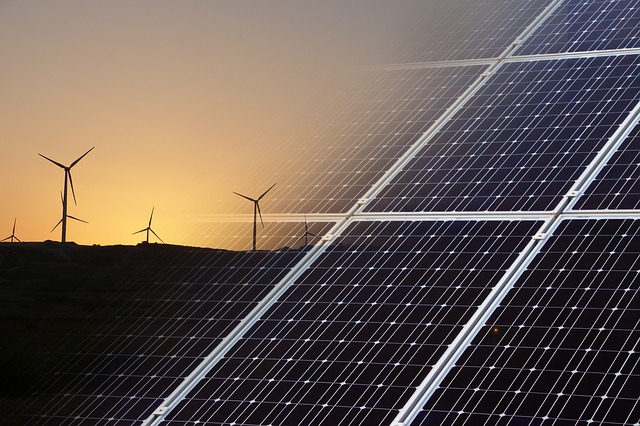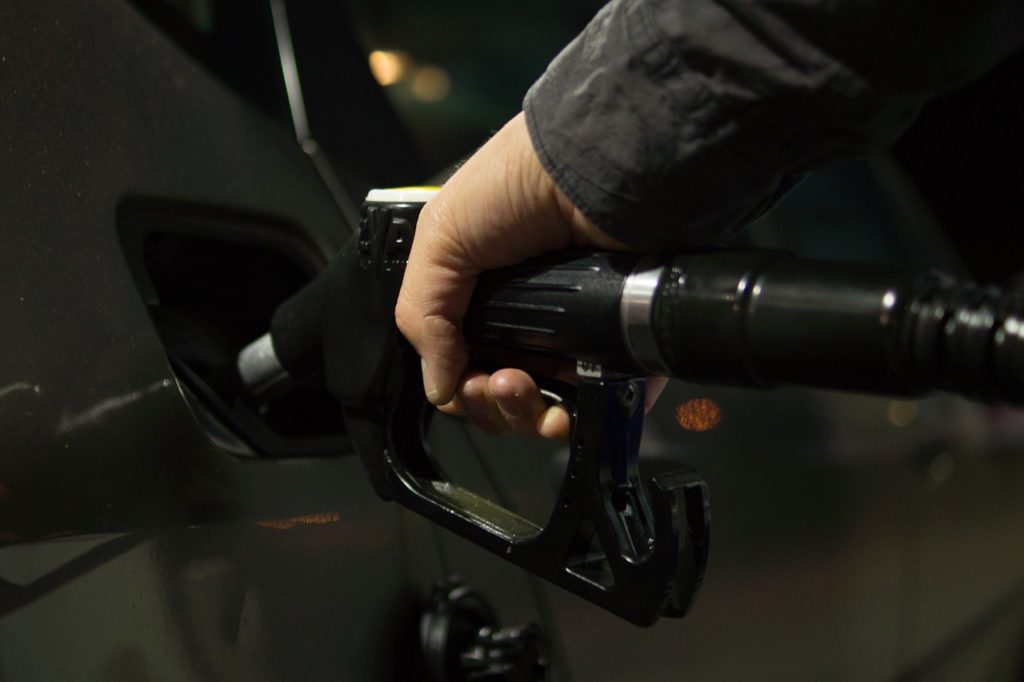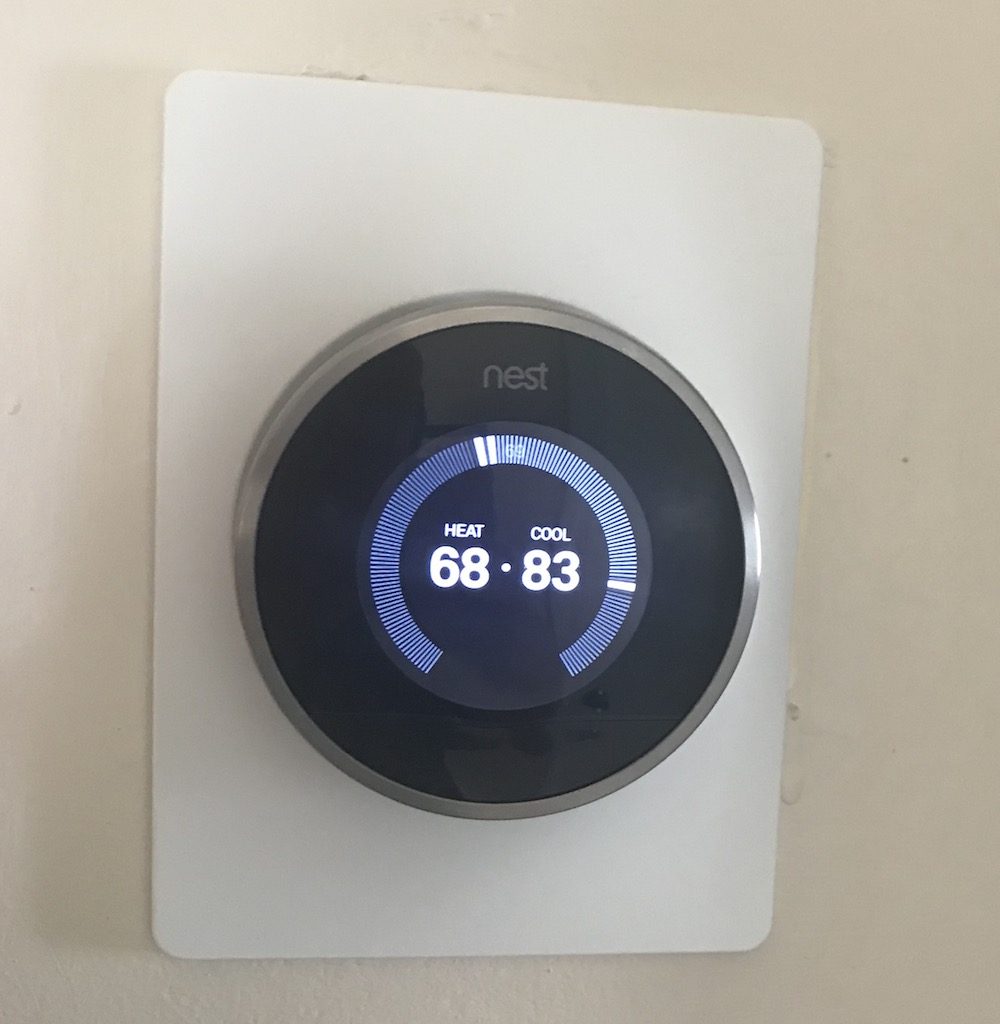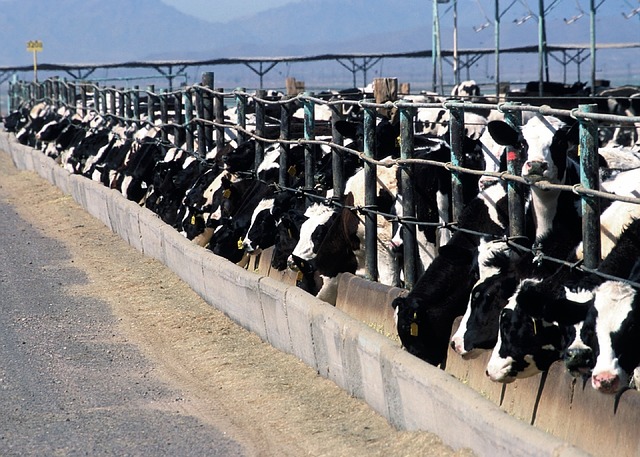The average American’s carbon footprint is about 21 tons of CO2* per year. Of course, that’s just an average. If you live in an apartment in a big city and take public transit, your carbon footprint is much lower. If you live in a giant house in the exurbs and have a long commute, it’s higher. If you want to get a good estimate of your actual emissions you can use one of the many, many carbon footprint calculators out there. My favorite is the Berkeley Cool Climate Calculator (https://coolclimate.berkeley.edu/calculator). But if you just want to get a rough idea of where you are and where we need to go, 21 tons is good enough.
(*really CO2-equivalent, taking into account additional greenhouse gases like methane)
The goal
We want to start with a reasonable but still meaningful goal. Something that really makes a dent, not just something that makes you feel good. Let’s go with 1 ton. If you cut your emissions by 1 ton every year for ten years, you will reduce your carbon footprint by 50%. That’s huge. That’s if-everybody-did-this-we’d-be-on-track huge.
I’ve laid out six ways to cut your emissions by a ton. Each of these is a big, complex topic on its own, and I’m trying hard to keep this brief so I actually finish it. I promise there will be much more detail for you in future posts!
6 ways to lose one ton of emissions:
- Buy green electricity
- Buy 80 fewer gallons of gas
- Use a programmable thermostat and seal air leaks
- Buy carbon offsets for one round-trip cross country flight
- Eat half the lamb, beef, and cheese
- Buy half the stuff
Buy Green Electricity
Home energy use (excluding heating and cooling): about 3 tons
The potential here really varies depending on where you live. If you live in a state with a deregulated electricity market, then you have the option of buying your electricity from a green source, such as solar or wind power. If not, your electric provider may offer a green power option. If your home is suitably oriented, you could install solar panels, which are now available for lease or with a small down payment.
If you can’t do any of these things, you can still use the power you buy more efficiently. Saving 1 ton of emissions would mean cutting your home electricity use by about a third. Obviously this varies A LOT depending on where your electricity comes from and your current consumption habits, but we’re using rough averages to keep it simple. This is a big topic, so we’ll deal with it much more in later posts, but for now here are a few ideas:
- Replace all lightbulbs with LEDs: half a ton
- Wash laundry with cold water: half a ton
- Put your computer into sleep mode instead of using a screensaver, and turn it off when you’re not using it: a quarter of a ton
- Upgrade old appliances to energy star models, especially refrigerators and hot water heaters: varies, but it’s a lot.
Burn less gasoline
Driving: about 4 tons on average (But really depends on your car: 12 tons for an SUV, 4 tons for a sedan)
Every gallon of gas results in 25 lbs of CO2emissions.
To save a ton of emissions, you’d need to save 80 gallons of gas.
A typical sedan has a 15 gallon gas tank, so 80 gallons is a little over 5 fill-ups.
Three ways to eliminate 5 fill-ups per year:
- Get an electric car. A caution, though – the carbon footprint of your electric car depends on how your electricity is generated. If you’re buying green power, then you’re golden. But if you have no choice but to buy electricity generated from coal, then powering your car with coal is actually worse than just buying gas.
- Get a more fuel efficient car. Switching to a car that gets twice the gas mileage cuts the amount of gas you consume in half.
- Drive less. Simply driving less can go a long way, but obviously it requires a lot more effort than just swapping out a more efficient car. You can combine trips, carpool, work from home a few days a week. Also, make it a rule that you don’t idle for more than a minute.
Use a programmable thermostat and seal air leaks
Heating and cooling the house: about 3 tons
Buy and use a programmable thermostat. If you can train yourself to tolerate these temperatures, you’ll save about a half ton of emissions.
Optimal Thermostat Settings
| Winter | Summer | |
|---|---|---|
| When you're home | 68 | 78 |
| When you're not home | 60 | 85 |
| Overnight | 60 | 82 |
Eliminate air leaks. There’s generally a lot of savings to be had here, for very little initial expenditure. We’ll cover this in detail in future posts. For now, head over to my Pinterest board for ideas and advice. https://www.pinterest.com/lowcarbonsimplified/
Other, more advanced options:
- Upgrade insulation. This is a bigger project, but that is hugely important. We’ll tackle it in future posts.
- Upgrade heating and cooling systems.
Buy carbon offsets for one round-trip cross-country flight
Flying: about 2 tons
Flying creates an incredible amount of carbon emissions. Like, a mind-boggling amount. EVERY PASSENGER on a cross-country flight is responsible for half a ton of emissions. So a single round trip from NY to LA costs you 1 ton of emissions. Now, I’m not asking you not to visit your grandma, or take that vacation you so deserve. But if you buy CO2offsets to cover your trip, you can cross that ton of emissions off your ledger. Boom. Done.
Eat half the lamb, beef, and cheese
Standard American Diet: 3 tons
The three foods with the highest carbon emissions are lamb, beef, and cheese. Animal products in general have higher emissions than plant foods, because it’s much more efficient to eat pants directly than to feed them to animals and then eat the animals. The biggest emissions come from sheep and cows because they are ruminants, which means they generate methane as a by-product of their digestion. Methane is a very potent greenhouse gas, 80 times more potent than CO2in the short term.
If you reduce lamb beef and cheese by 50% from the “standard American diet”, you’ll reduce your emissions by a full ton. It’s not a popular option, but it’s SO EASY.

Buy half the stuff.
Tangible, non-food items: about 2 tons.
This is the area where we all seem to fixate, and it’s also the area where it’s the hardest to achieve really big emissions reductions. Individual purchases have pretty small carbon footprints. If you want to save a ton of emissions, you have to commit to buying fully half of what you would normally purchase for the entire year.
The beauty of approaching emissions reductions in this way is that it allows you to focus on just one area at a time. You don’t have to try to fix everything at once. Just pick one to do for this year. Next year, keep it up and pick another one.
This list is just to get you started. I tried to keep it short and to the point, but every area mentioned here merits further discussion. I’ll go into all of these in greater detail in future posts. Stay tuned!
Sources:
Cooler, Smarter: Practical Steps for Low-Carbon Living, by the Union of Concerned Scientists
How Bad are Bananas? The Carbon Footprint of Everything, by Mike Berners-Lee
The Meat Eater’s Guide to Climate Change and Health, by the Environmental Working Group









